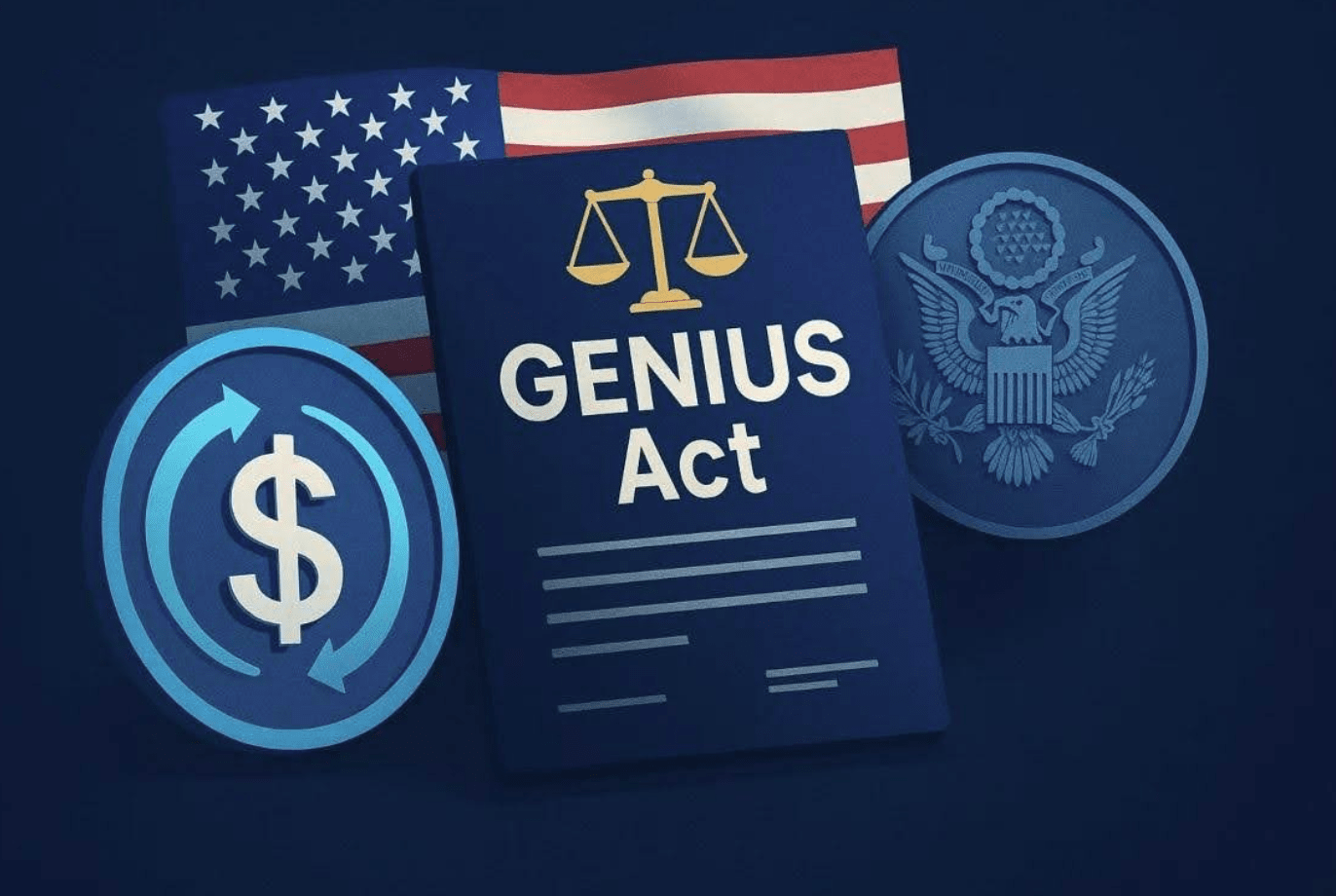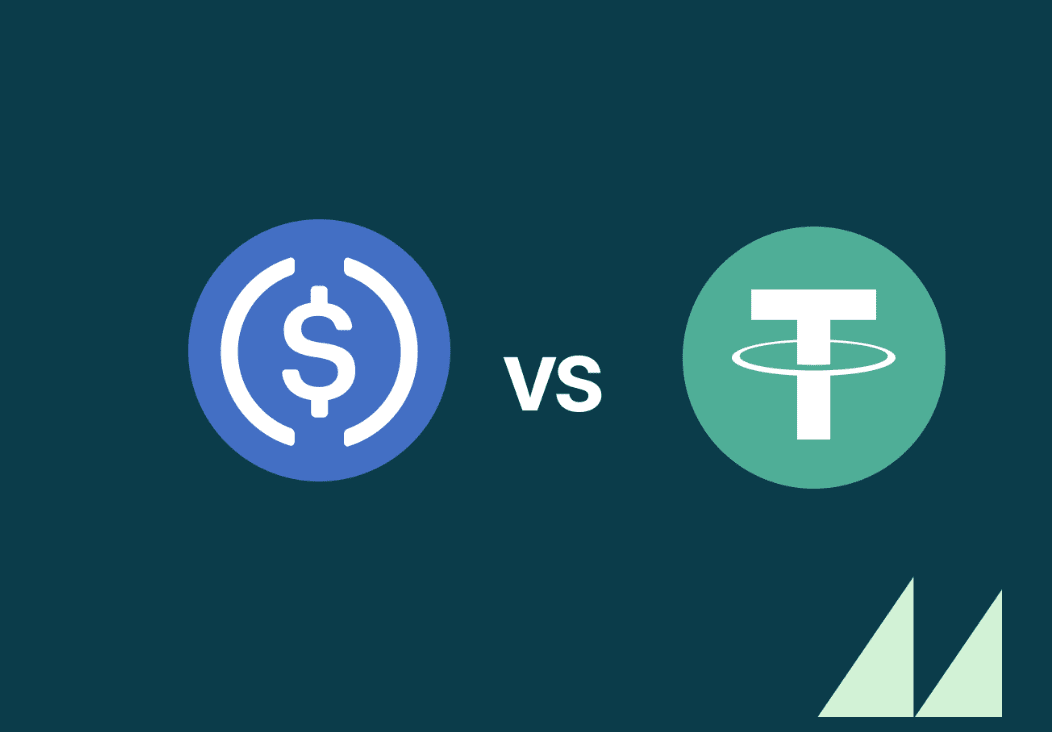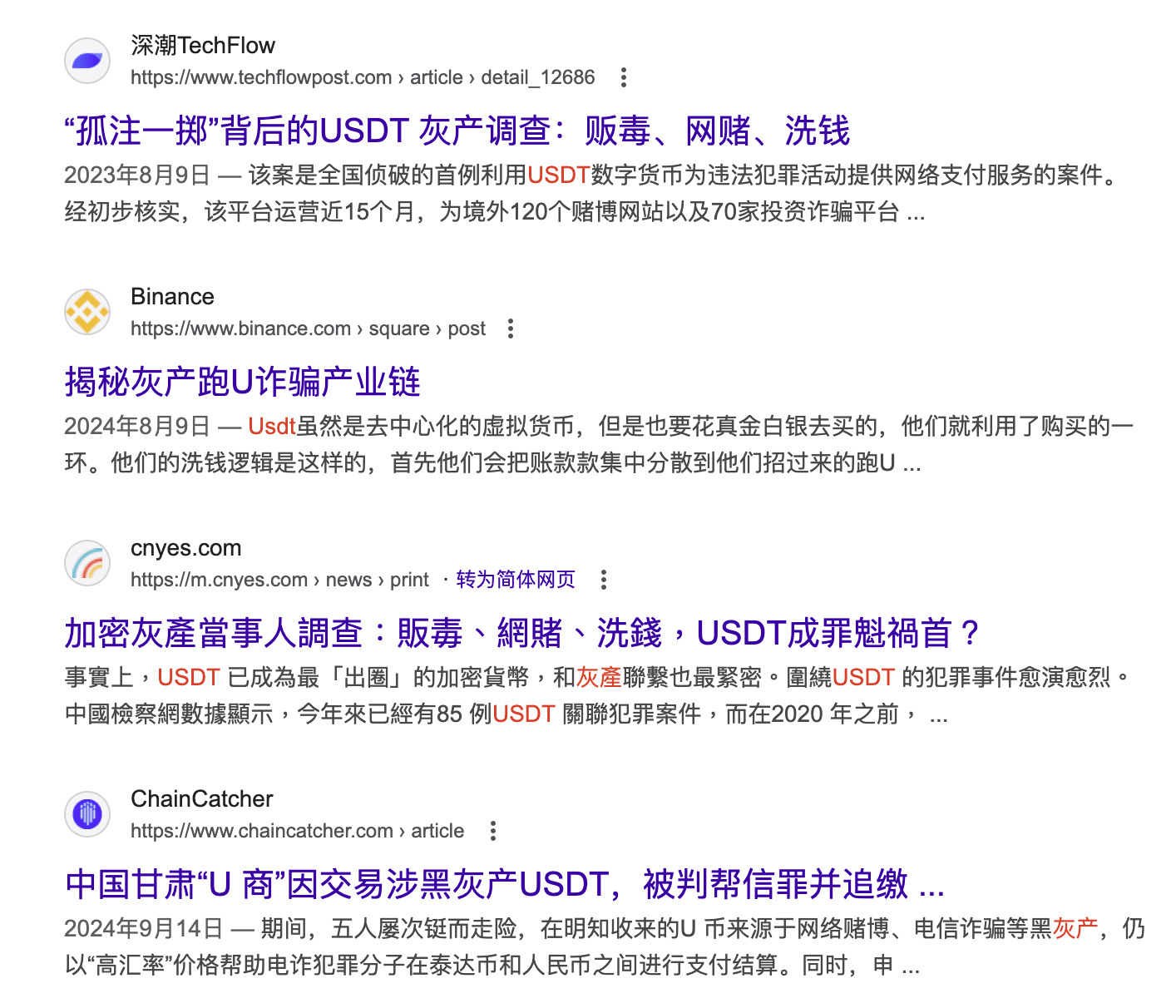Recently, ETH has risen very sharply. A Leng believes that one of the factors is the implementation of the stablecoin bill. #ETH突破3600
On July 17, 2025, the US House of Representatives passed the (GENIUS Act), marking the birth of the first major cryptocurrency law in the United States. This bill establishes a clear regulatory framework for stablecoins, which not only brings unprecedented legitimacy to the industry, but will also profoundly affect the development of the stablecoin ecosystem. #天才法案 #美国众议院通过三项加密货币法案
The implementation of this method is very beneficial to USDC, and USDC is issued on the $ETH chain.

1. Regulatory upgrade
The (GENIUS Act) sets clear regulatory requirements for stablecoin issuers, including 1:1 reserves, monthly disclosure of reserve composition, regular audits, and compliance with anti-money laundering (AML) and sanctions regulations. These measures are designed to ensure the transparency and financial stability of stablecoins, providing stronger protection for consumers and the market.

USDC (issued by Circle):
Solid compliance foundation: Circle has long been proactive in embracing US and international regulations, has obtained Money Transmitter Licenses in many states, and regularly discloses reserve details and audit reports. Circle consistently emphasizes 1:1 US dollar cash and short-term US Treasury reserves, with high financial reporting and asset transparency.
Positive landing: After the GENIUS Act is introduced, it will be easier for Circle to smoothly transition into the federal/state licensed payment stablecoin issuer system. The new requirements of the bill (such as monthly reserve disclosure, regular audits, and AML compliance) are highly consistent with Circle's current practices, and Circle has even publicly supported similar regulatory frameworks many times.
Improved brand and market confidence: After US regulation is clear, USDC's "compliance label" will be more obvious, financial institutions and traditional enterprises will prefer to connect with USDC, and USDC will accelerate its popularization in compliant DeFi and payment scenarios.
USDT (issued by Tether):
Many compliance disputes: Tether is headquartered in an offshore jurisdiction (British Virgin Islands, etc.), and has historically been controversial due to insufficient reserve disclosure and insufficient audits. The US Department of Justice, CFTC, etc. have investigated Tether due to money laundering risks and opaque asset endorsements.
Increased regulatory pressure: After the GENIUS Act is implemented, if Tether wants to maintain its influence in the US market, it must significantly increase its compliance investment, improve its audit and AML processes, and strive for federal/state licenses, but the cost and difficulty of implementation in the short term are much higher than Circle.
Market share is under pressure: Once "unlicensed offshore stablecoins" are restricted, US-compliant exchanges and financial institutions will gradually reduce their reliance on USDT. Previously, US CEXs (such as Coinbase) have repeatedly expressed a preference for USDC, and the pattern of mainstream dollar stablecoins may shift to USDC in the future.
2. After the bill is implemented, it will be divided into two camps

The GENIUS Act divides US stablecoins into two: the compliant and transparent USDC camp and the high-risk offshore USDT camp
USDC will become a "regulatory demonstration coin": Circle has a natural advantage and is expected to be among the first to obtain a license, gain the support of more institutions, funds, and payment networks, and further squeeze USDT's market share in the compliance field.
USDT may retreat to the "offshore/gray market": Since Tether focuses on global non-US markets, OTC gray channels, and some emerging markets, the GENIUS Act will cause USDT to encounter a ceiling in the US local ecosystem, and the circulation scenarios will be limited. However, in the short term, due to the large size of USDT, it still has room for survival in Asia and the global over-the-counter market.
Market confidence and transparency advantages are clearly biased towards USDC: With regular audits and improved compliance transparency, USDC is more likely to obtain institutional fund custody, regulatory exemptions, and even serve as the underlying payment medium for banking business.
Compliance arbitrage window narrows: Compliant coins such as USDC will dominate the US market and mainstream DeFi, while "gray coins" such as USDT will face more compliance liquidation, KYC restrictions, and even be named by US regulatory agencies.
3. Impact on existing issuers and new entrants
The (GENIUS Act) allows banks, non-bank institutions, and state-regulated entities to act as licensed issuers, but with stricter capital, liquidity, and management requirements. At the same time, the bill does not prohibit issuers from offering interest, which leaves room for innovative financial products.
Impact:
Existing issuers: Such as Tether (USDT) and Circle (USDC) need to adjust their operations to comply with the new regulations. Tether may face greater pressure due to past regulatory issues, while Circle may benefit due to its compliance foundation.
New entrants: Banks, due to their existing reputation and regulatory advantages, may become important participants in the stablecoin market, providing reserve and custody services. Large technology companies (such as PayPal, which has launched PYUSD) may also accelerate their entry, but the bill's concerns about the potential monopoly risks brought by potential "big tech" issuers (such as Amazon) are still controversial.
State and federal balance: The bill allows state-regulated issuers to exist, but some critics (such as Senator Elizabeth Warren) believe that this dual regulatory structure may lead to a "race to the bottom", where companies choose the state with the most lenient regulation, weakening national standards.
4. Future situation prediction
First, USDT doesn't really care about withdrawing from the US market.
For the US (non-Asian users), the EU can be used as a reference. In the EU, USDT does not comply with MiCA regulations, so it has been delisted from exchanges, but still exists in people's wallets and DeFi operations. If USDT also does not comply with regulations in the United States, the same thing will happen.
So the market share may only become smaller, but it will not affect the use. Moreover, it is a stablecoin, and currently the share is probably more than 60% of the market, so there is no need to worry about too much depreciation.

And the gray industry is a big revenue source for USDT.
Their CEO recently stated in a podcast that they make so much money outside the US and EU that they don't care about these issues. Their unit dollar profit for those "gray" partners who have no choice outside the legal system is much higher than Circle's.
Second, USDT is the 7th largest holder of US Treasury bonds. (A Leng doesn't remember if it's 7th or 8th) It can be called the savior of US Treasury bonds.
Considering that they hold and buy a large amount of US Treasury bonds, I guess some kind of agreement will be reached.



